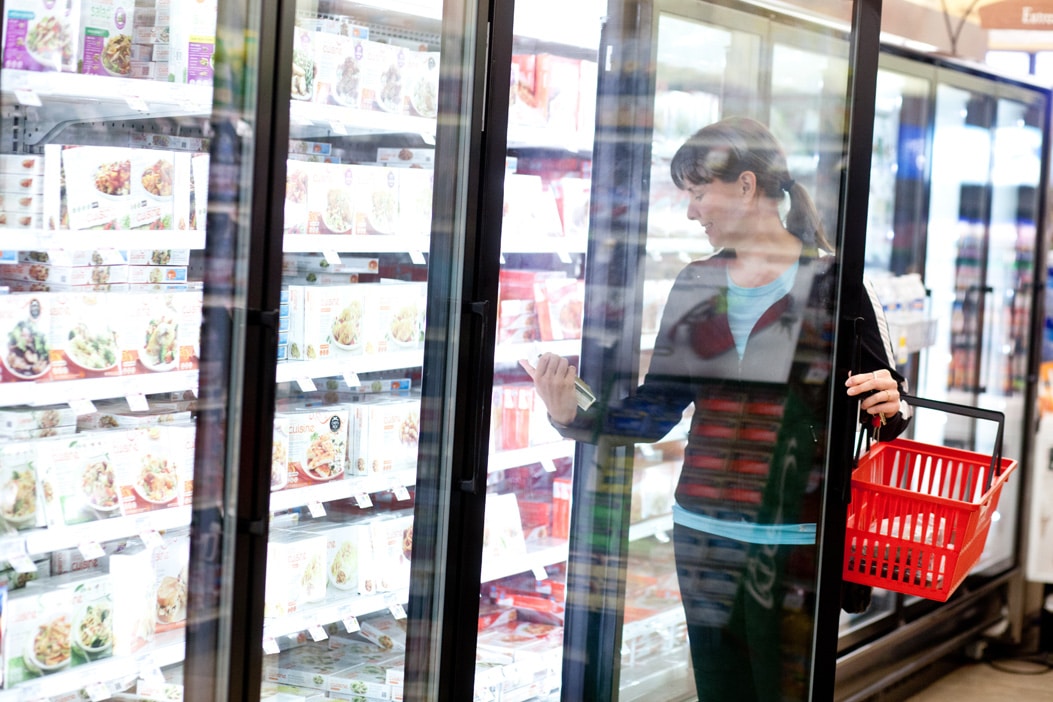Food Challenges in 2022 and How Grocers Can Solve Them

The last few years, starting at the height of the pandemic, have been very challenging times for the food retail industry, to say the least. Issues from health and safety to unprecedented consumer demands confronted food retailers of all formats and sizes.
Now, in 2022, food retailers are expected to face different but equally challenging issues in the food retail industry surrounding the workforce and the industry’s impact on the environment and supply chain.
Here are some 2022 food retail challenges and how grocers can solve them:
Labor Crisis
The lingering effects of the pandemic have impacted the workforce to the extent of creating a labor crisis affecting the food retail industry. Though 600,000 workers joined the labor pool in November 2021 according to the federal government, the numbers are still lower than pre-pandemic levels, making it difficult to meet the demand for workers. The attrition rate is at an all-time high with factors such as health and safety, burnout, and compensation being the main drivers.
Grocers continue to struggle with a limited staff operation while consumer demands surge. Initiatives such as competitive salary and benefits packages, improved work experience, flexible workforce, reinforced training strategies, and individual employee recognition will help retailers keep the best talents.
Sustainability in Food Retail
The move towards a more sustainable future remains a major concern across the food retail landscape. The challenge in achieving sustainability goals is incumbent on how retailers can incorporate their sustainability efforts in every step of their operations. According to an online survey of more than 1,000 consumers from First Insight, 68% of respondents are willing to pay more for sustainable products. This shows that consumers take into consideration the environmental impact of their buying behavior and sustainability efforts from retailers do influence their purchase decisions.
Now, sustainability isn’t just a single-faceted approach anymore. It is becoming a holistic movement from food production, processing, storage, and packaging. Food retailers should listen to their customers and assure that all efforts geared towards bringing food to customers from farm to table be environmentally focused.
Supply Chain Shortage
Have you noticed some of your favorite foods in your local grocery stores are running out of stock? It’s because there’s a widespread disruption of the supply chain due to current global events and issues of logistics. Supply chain management will drag on to be a critical issue for retailers in 2022. As the health crisis continues to evolve and natural disasters such as extreme flooding, drought, and winter storms persist in some parts of the world, it is expected that empty grocery shelves will be a periodic issue to deal with on occasion.
As supply chain struggles continue, grocers can mitigate the effects of this crucial problem by imposing purchase limits on some items, working closely with vendors, and effectively managing inventory to be able to still provide the customer with the products and brands they want despite the shortages.
The years leading up to 2022 have exposed the different pressing and inevitable issues that are now surrounding the food retail industry. With retailers under constant pressure to keep things afloat through all the uncertainty, it is high time for us to work together, employ our best strategies, and hope for a brighter future ahead.